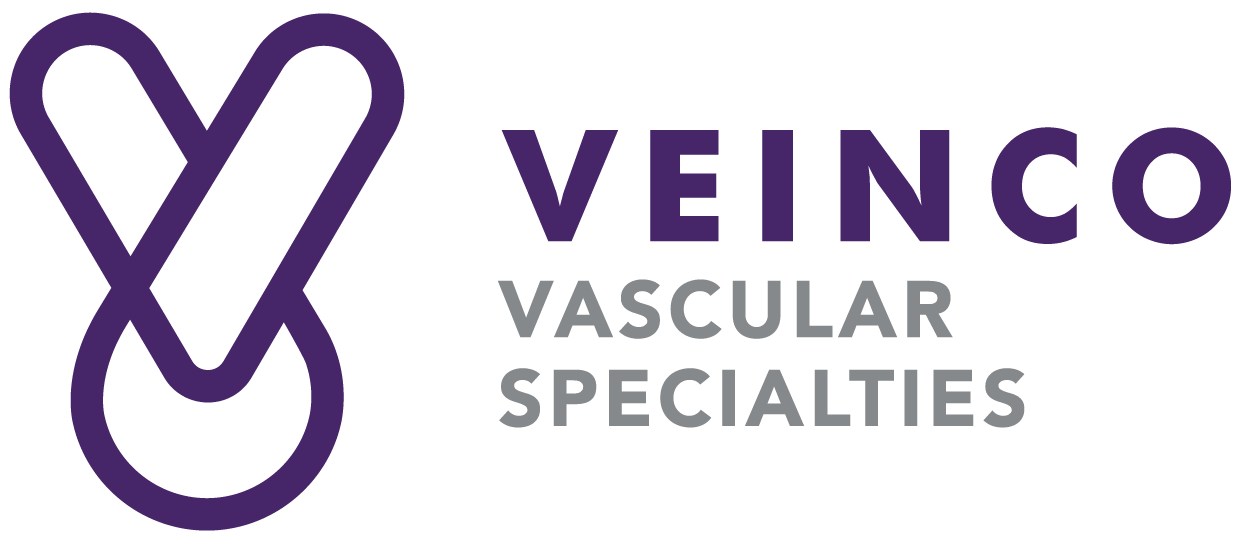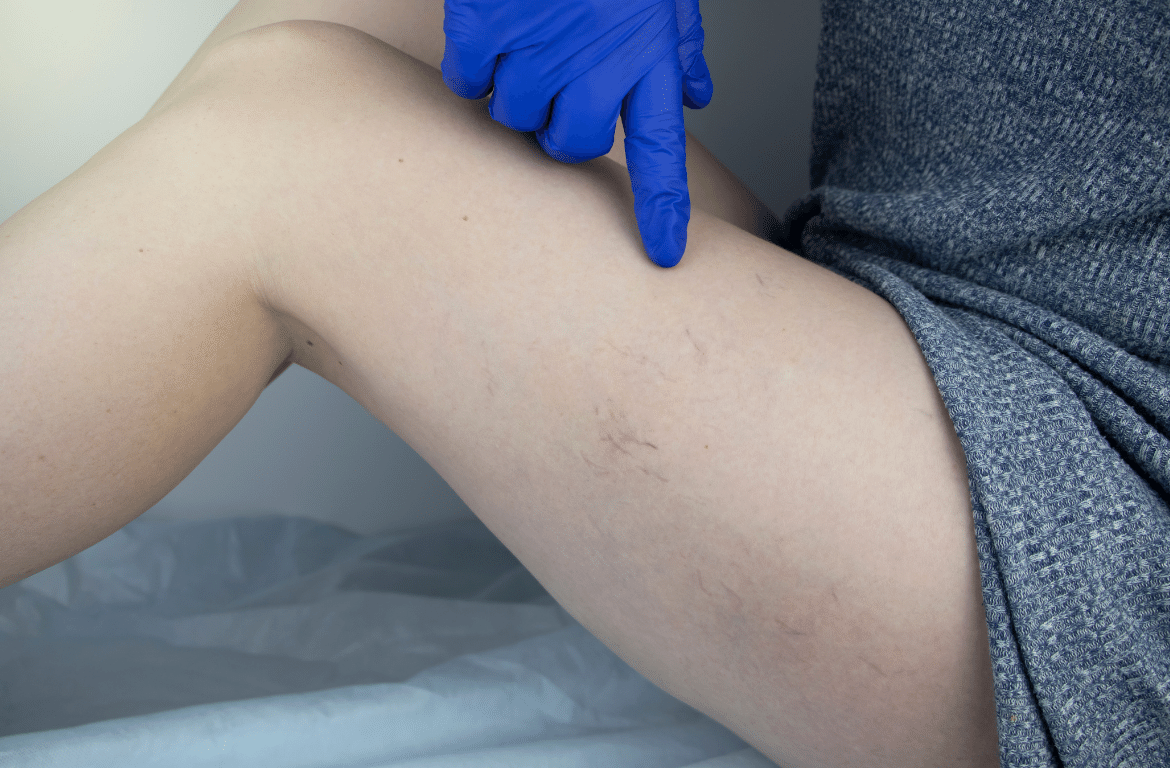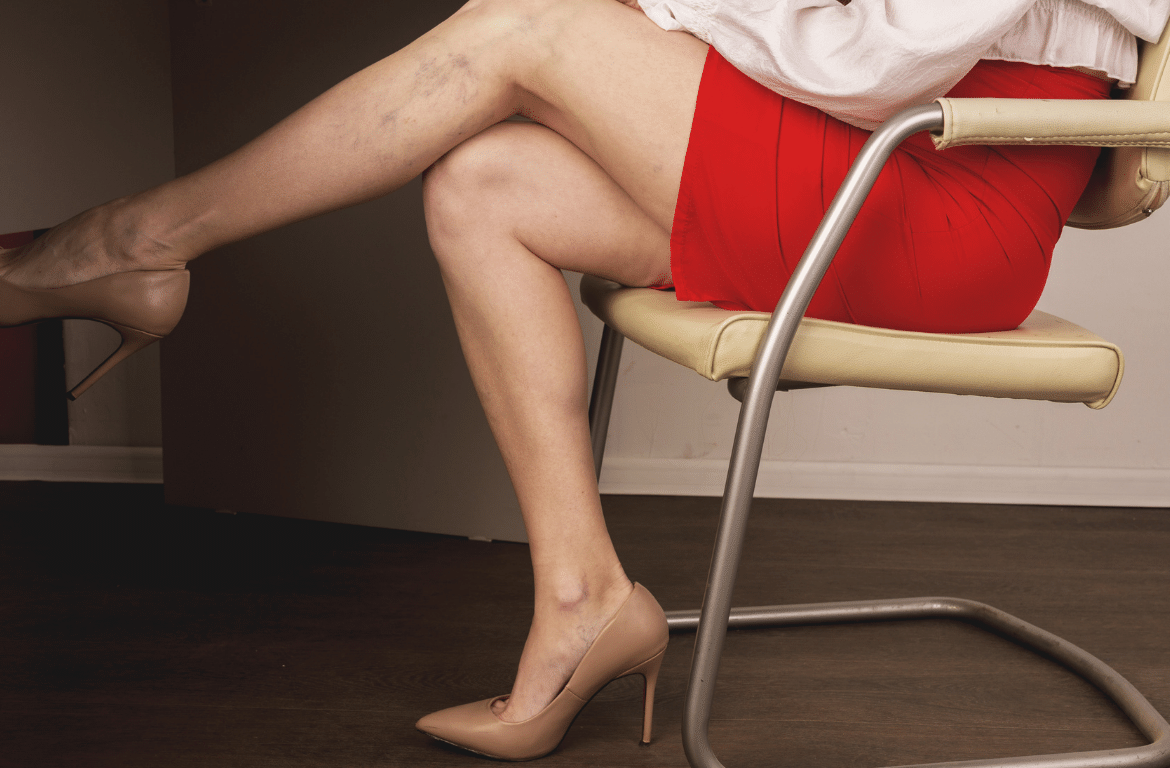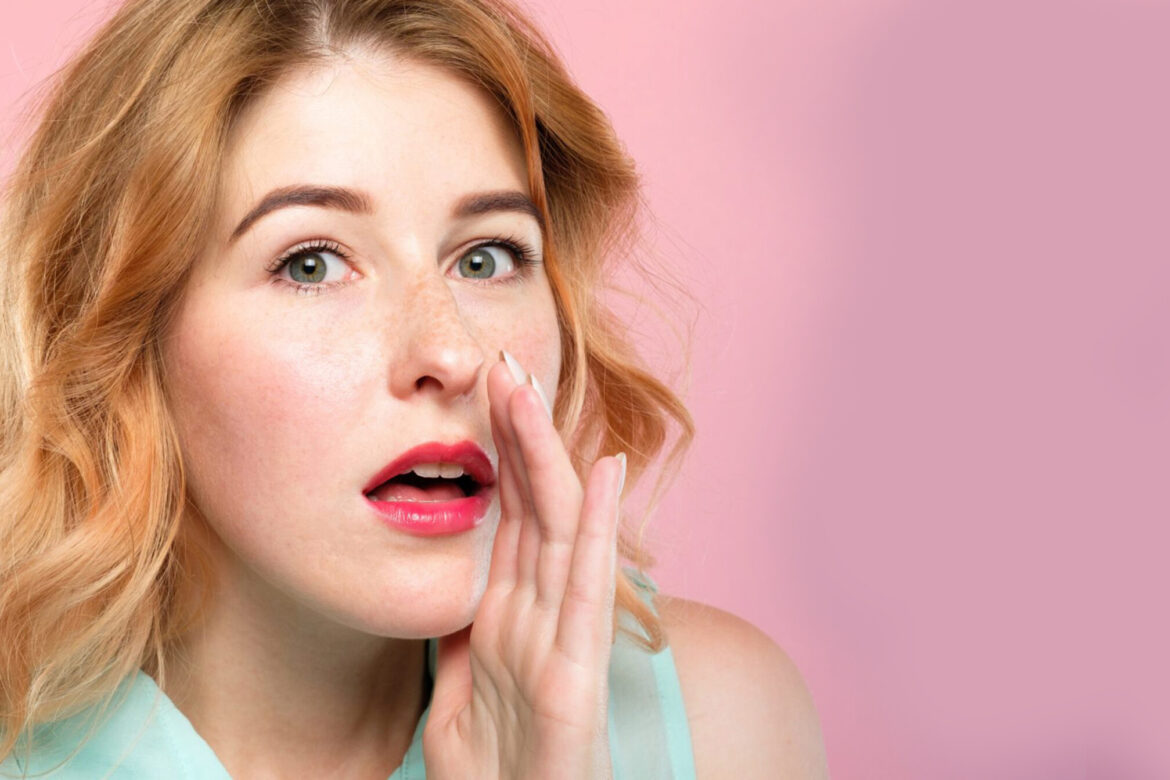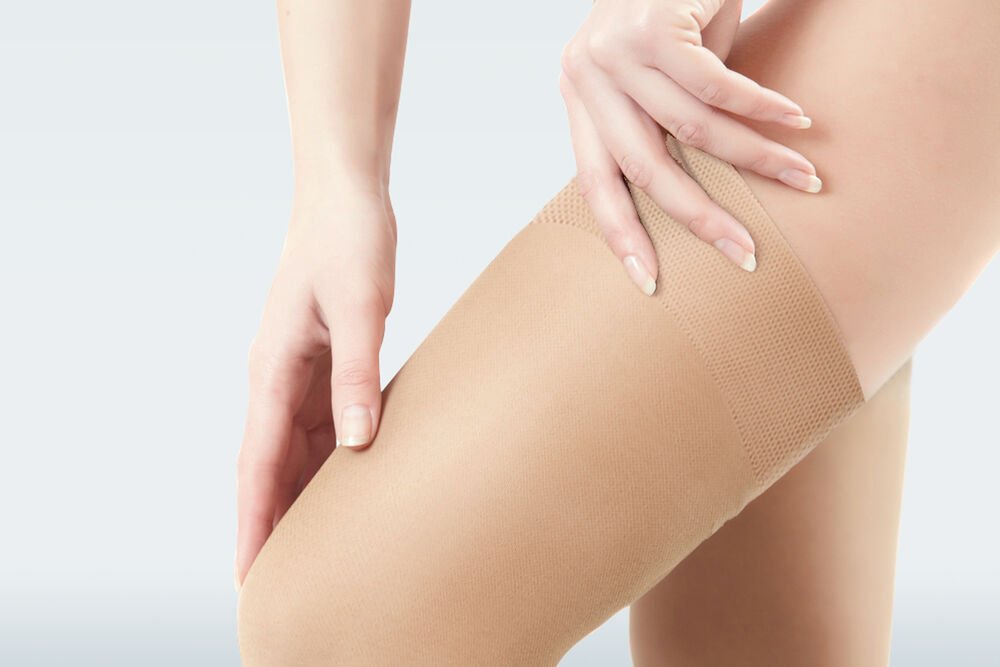Are you tired of problems with your veins and don’t have enough money for treatment? The solution for hundreds of patients has been getting the best varicose vein treatments in Mexico. But is traveling to Mexico the best option for these treatments? What is the cost of vein treatment with insurance? How much does varicose vein treatment cost without insurance?
Before we get into money, let’s talk about your problem: varicose veins. Did you know that some 25 million American adults struggle with this condition? It is estimated that it affects about 33% of women and 17% of men.
So, you are not alone. You are not the only one who doesn’t feel free to wear the clothes you want because you are always thinking about hiding that part of your body that you do not like. And sadly, this vein disease is not only an aesthetic problem but also affects the quality of life since many people mention how this affects their mood because of the constant pain and discomfort in their legs.
Like hundreds of others, if you have health insurance, you may be unsure if it covers a vein treatment. Many people who suffer from chronic diseases in their veins, such as chronic venous insufficiency or deep vein thrombosis, think there is no way to solve these problems because of how expensive varicose veins and spider vein treatments can be. Let’s analyze what options you have at your disposal to solve this problem finally.
Cost for Vein Treatment
Varicose vein treatment costs depend on several factors. For example, what type of intervention would you like? Where would you like to get your diagnosis and treatment? What doctor and medical team can you afford?
How much experience and qualifications would you like your surgeon to have? And based on the severity of your condition, what is the number of sessions you need? These and other questions will impact the cost of your overall treatment.
Despite these questions, we can estimate the cost considering these basic elements and expenses. Depending on which method or treatment your doctor uses, you may incur charges like:
- Pre-op consultations and testing (some tests and analyses may include ultrasound to judge blood flow)
- Local anesthesia
- Professional fees for the doctor and medical team
- Hospital fees
- Basic medication (painkillers, antibiotics, etc.)
- Post-medical revision (in person or via zom)
- Unique clothing for after the surgery (Compression Stockings)
- Accommodation in first-class hotels
- All ground transportation
As you can see, there are different things to consider that will impact the final cost. Your final price will depend on whether you have insurance coverage to pay for some or all of the procedure. However, the big question is, will your health insurance cover the varicose vein treatment, and if so, what does it cover?
How much does varicose vein treatment cost WITH insurance?
What is the process to get coverage from your insurance for a varicose treatment? Most insurance plans require you first to get a referral from your general doctor that you need a vascular angiologist or vein specialist.
The initial consultation with a vein specialist is usually covered by insurance. During the consultation with the vein expert, he will need to evaluate your condition thoroughly and take notes that he will share with your insurance company. During this evaluation, he will probably need to take pictures and/or run tests of your varicose veins to document the type and severity of your problem. The vein specialist will send all this information to your insurer for review.
Then, at the insurance company, a medical director reviews the information received from your vein specialist to see if the procedure meets the criteria for your insurance coverage. One of the essential questions he needs to answer is, is this procedure medically necessary? An insurer may determine medical necessity if you experience the following problems because of your condition:
- Permanent tired, heavy legs
- Itching, burning, or throbbing sensation in the legs
- Constant painful leg cramps
- Changes in skin texture and color around a varicose vein
- Skin ulcers
If the insurance company deems the varicose vein medically necessary, you most likely still have a copay, coinsurance, and deductible to cover the treatment they approve. For example, Radiofrequency ablation is a remarkably effective modern technique for treating varicose veins that is not covered by basic medical insurance policies. Thus, the deductibles increase significantly if you ask for such a treatment.
The cost of this procedure depends on how many veins need to be treated. The price per vein treated ranges from $1500 to $3000 USD, depending on the insurance negotiated price of $1500 – $3000 USD, and does not include the cost of admission, anesthesia, post-op care and medication. These costs will vary based on your deductible and out-of-pocket expenses. So, for example, if you have 5 veins that need treatment, the price starts to get very high.
As you can see, many steps must happen before your insurance can determine if they could cover some of the cost of the varicose vein treatment. And once it does, the prices may still be out of your reach, making this treatment nearly impossible. But don’t give up yet! There are other options to consider.
How much does varicose vein treatment cost WITHOUT insurance?
As mentioned above, the prices for the best type of treatment for your varicose veins are high. Do you want to know how much does varicose vein treatment cost without insurance?
If you don’t have insurance or your insurance doesn’t cover this treatment, the good news is that you don’t have to follow a lengthy procedure or meet any requirements from an insurance company. However, the bad news is that you will have to pay for the treatment out of pocket. And probably you don’t have the money to cover the doctors, clinic or doctor’s office, and different sessions that your problem may need in one payment or other payment plans are excessively high.
Fortunately, at Veinco, we have the solution to your situation. And that solution is the best medical tourism in Mexico. Patients that select us can save over 50% on comparable treatments in the USA without compromising on Premium Medical Care.
Veinco is a top-rated Clinic specializing in treatments for Varicose Veins, Spider Veins, and Vascular Therapy. Our facilities are located in Monterrey, Mexico, where we will provide you with world-class medical care thanks to the best vein and vascular therapy specialists. How can we help you?
How We Can Help You with Varicose Vein Treatments
At Veinco, we do not limit ourselves to just one varicose vein treatment technique. Instead, since each person and each case is different, we offer the most advanced and personalized varicose veins treatments at an affordable price. Our treatment plans provide effective solutions that leave our patients free of pain and discomfort.
A common misconception is that surgery is the best treatment for varicose veins, but this is not always true. Nowadays, there are many modern treatments for varicose veins, and many options are available that are minimally invasive and effective.
As mentioned, at Veinco, we have a wide range of possible treatments for you. But let’s briefly talk about two treatments that have gained popularity for the excellent results obtained. The laser varicose vein treatment and radiofrequency ablation have had excellent results in thousands of patients that have trusted Veinco’s vein specialists.
How does it work? A laser technique, which is a highly focused beam of light, is placed at a catheter’s tip and inserted into the damaged vein.
The objective is that the intense heat damages the varicose vein, which makes scar tissue form. Then this scar tissue seals the vein and halts blood flow. Over time the varicose vein fades, and blood is rerouted through other healthy blood vessels to ensure a healthy circulation and a fantastic leg appearance.
There are many laser vascular treatments; the one you need will depend on the vein depth and your specific needs. The vein specialist may combine several laser techniques during treatment.
For most patients, the results are visible instantly. When the treated vein has no more blood flow, it disappears completely. It is vital to have a previous diagnosis of the condition through a health questionnaire and diagnosis to perform this laser varicose treatment and consider factors such as the thickness of the skin, the size of the affected vein, etc.
This treatment is minimally invasive. Since it does not involve surgery, you do not need a prolonged recovery period. After a few hours or 1-2 days, you can continue with your regular daily routine.
Radiofrequency ablation treatments are safe, cost-effective, and preferred methods of alleviating the symptoms such as pain and swelling caused by varicose veins. Radiofrequency ablation treatment focuses on varicose vein removal by using energy in the form of radio waves and sending it through a catheter directly into the wall of the damaged vein. These radio waves heat the catheter to 120°C, a hot temperature to close and eventually scar down the vein.
A vein ultrasound will identify and map areas of venous insufficiency, or improper functioning vein valves, the primary cause of varicose veins. This ultrasound-guided method will be done before undergoing a radiofrequency ablation procedure.
This treatment is like the laser method, but its way of working is reversed because Radiofrequency does not cause blood coagulation. In contrast, its goal is to alter the varicose vein, closing it and allowing the blood flow to circulate through healthy veins.
This treatment is also minimally invasive and eliminates the need for open varicose vein surgery and general anesthesia. Therefore, it is usually performed with local anesthesia as outpatient care and the recovery time is very quick. The resting period is about 24 to 48 hours.
After finishing the procedure, you can return to your everyday life since it does not involve hospitalization or a long recovery. Then, you can continue with your routine. Still, it is crucial to have the appropriate precautions, following the recommendations of proper care as indicated by the specialist.
Medical-grade glue
Another minimally invasive treatment is Venaseal, a medical-grade glue safe for the body that quickly and effectively treats varicose veins and spider veins. With Venaseal, there are no pre-procedure drugs or anesthesia during the treatment.
How does it work? Using ultrasound, a vein specialist will guide a tiny catheter through the skin into the affected vein area. Next, with a dispenser, he introduces a small amount of medical-grade glue to the affected area to close the vein. This “vein glue” closes the defective vein within seconds, and once it is “glued,” blood is immediately re-routed through other healthy veins in the leg.
What is the difference between Venaseal and heat-based procedures? With Venaseal, there is no possible risk of heat-related complications such as skin burns or nerve sensitivity. This modern vein treatment usually does not require any post-treatment pain medication or use of compression stockings. You can drive yourself home after the treatment and immediately return to your everyday life and even perform vigorous exercise.
What is the price for varicose vein treatments at Veinco?
You may wonder, if Veinco is the answer to my problem, how much will it cost me? Whether you suffer from chronic venous insufficiency or deep vein thrombosis, we can provide an affordable solution while receiving world-class medical care.
For our grand opening, we have a Varicose Vein Treatment All-inclusive plan. What will you get from our All-Inclusive Package? The short answer: nothing but the best varicose vein treatment. But here are some more details of the things included:
- A board-Certified surgeon with +5,000 vein surgeries performed
- Medical tourism insurance coverage FOR FREE
- Beautiful state-of-the-art facilities equipped with the latest tech
- Continuous virtual follow-up care
- Best hotel accommodations
- Ground transportation to and from the MTY Airport as well as hotel and hospital facilities
- Medical fees
- Basic pre- and post-operative tests
- Basic post-operative medication
- Compression stockings
- FREE International calls to any state in the US and Canada and high-speed Wi-Fi
- Convenient location at safe and beautiful areas, close to restaurants, hotels, and tourist district
Stop putting off your vascular health
Men and women of all ages face the pain and discomfort caused by varicose veins—unfortunately, embarrassment, low self-esteem, or lack of information postpones looking for a solution. So don’t make that mistake. Another problem we discussed here is the high cost of the treatments and the answer to the question, how much does varicose vein treatment cost without insurance? This article provided an excellent solution for this issue and a great option for your pocket.
Whether you are just beginning to experience the first signs of varicose veins or in an advanced stage, act today!
Find out what causes varicose veins and how to treat them. There is no excuse to get your life back. You will not regret having made one of the best investments in your health. At Veinco, we can help you enjoy life to the fullest with beautiful and healthy legs.
If you have any questions about our treatments, all-inclusive packages, or how medical tourism works with us, contact us to review your situation and answer any doubts.
Our medical team and support staff will review your case and recommend the best treatment options. And rest assured that if you trust in us and make us part of your journey, the results and every effort will be worth it! And all at an affordable price. Don’t hesitate to contact us toll-free at (888) 568-3409 or email us at hello@veinco.com.mx
